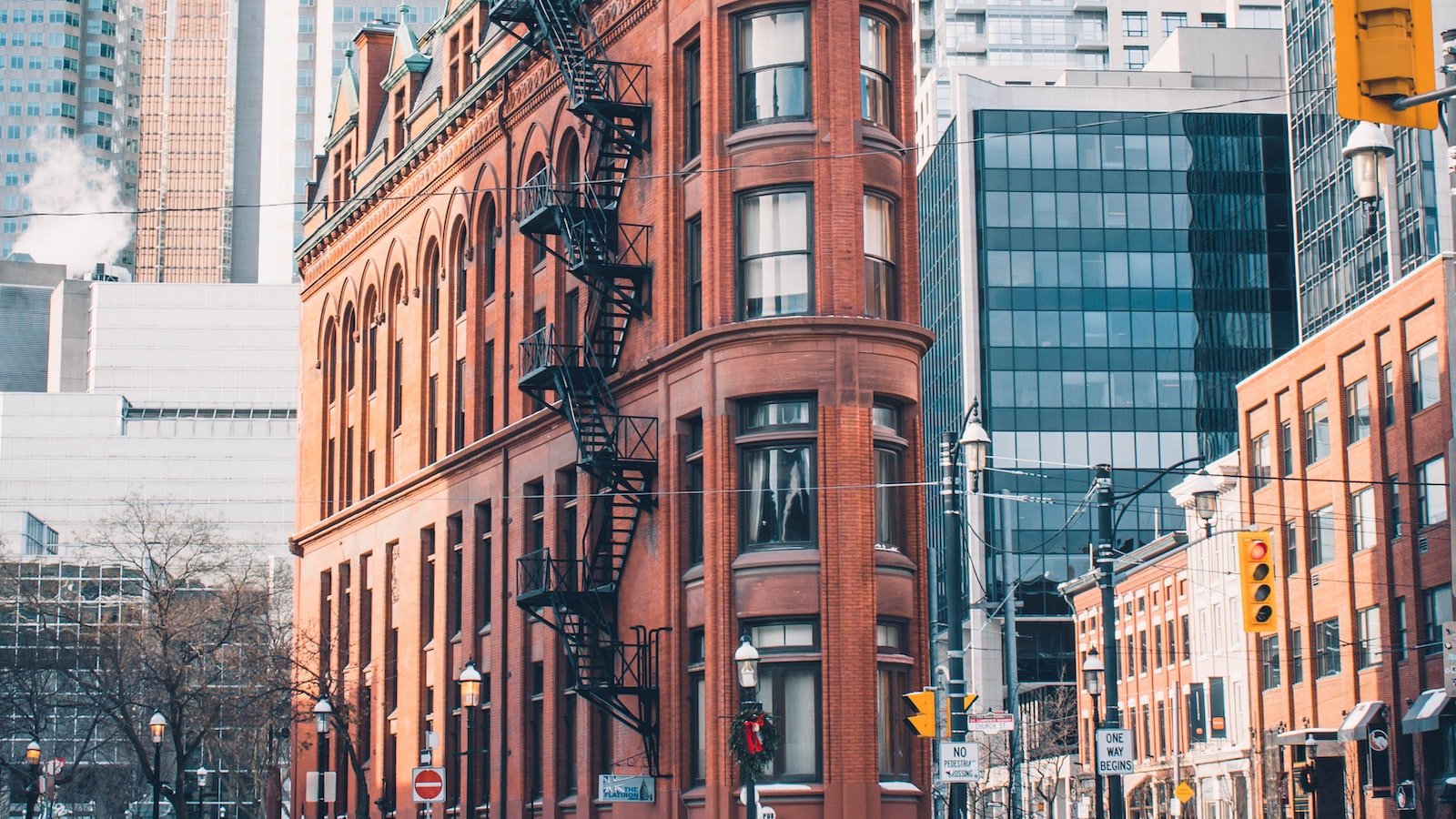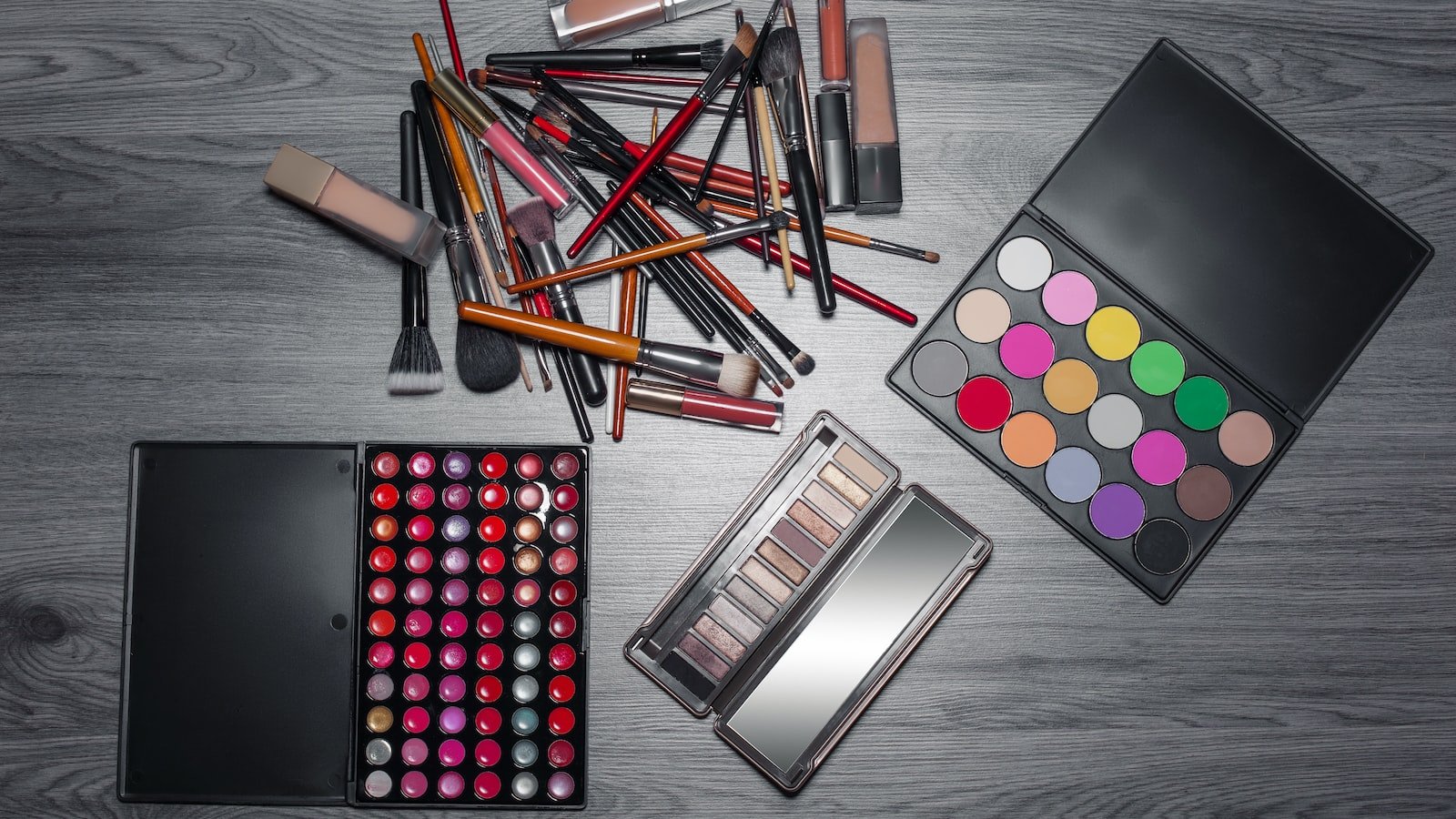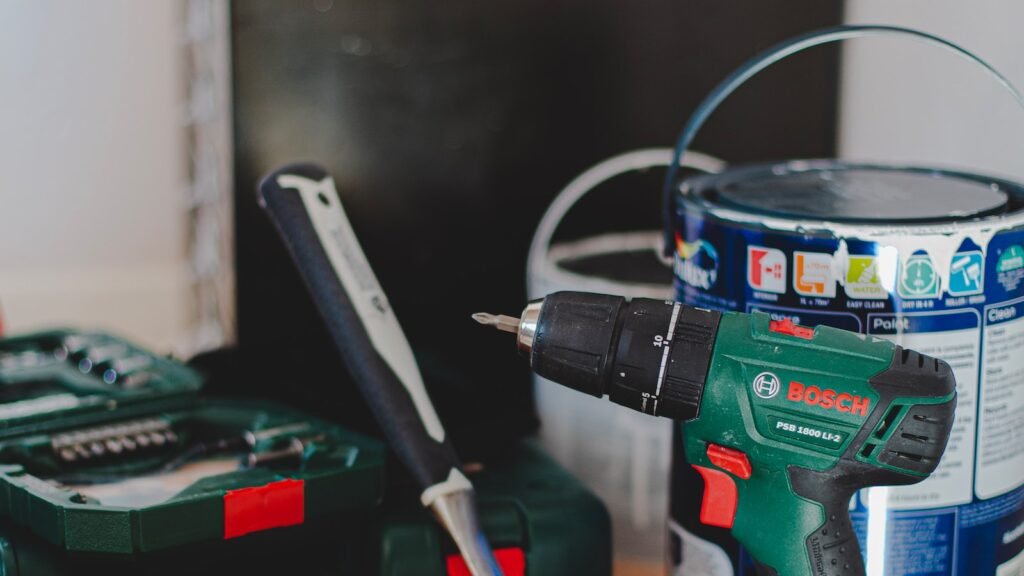Now Reading: How to Make Your Own Urban First Aid Kit
-
01
How to Make Your Own Urban First Aid Kit

How to Make Your Own Urban First Aid Kit
From bustling city streets to hidden alleyways, urban life is always in motion. Whether you’re a city dweller or an occasional explorer, it’s crucial to be prepared for the unexpected. Emergencies can strike anywhere and at any time, catching us off guard. That’s why having a well-stocked urban first aid kit is an absolute essential for navigating the concrete jungle. By assembling your own urban first aid kit, tailored to the specific challenges of urban living, you can ensure you’re ready to handle any minor mishap or medical situation that may arise. In this article, we’ll dive headfirst into the world of urban first aid kits, equipping you with the knowledge to create your own comprehensive and compact kit to tackle the unexpected with confidence.
Table of Contents
- Assembling Your Essentials for an Urban First Aid Kit
- Determining the Key Items for Your Kit
- Exploring Useful Tools and Supplies
- Making Informed Choices for Medications and Treatment
- Organizing and Maintaining Your Urban First Aid Kit
- Q&A
- The Way Forward

Assembling Your Essentials for an Urban First Aid Kit
When it comes to urban living, being prepared for potential emergencies is crucial. Creating a well-stocked first aid kit specifically tailored to urban settings is a smart move. Here are some essentials to consider including:
- Bandages and Dressings: Stock up on different sizes of adhesive bandages, sterile gauze pads, and adhesive tape. These can come in handy for treating minor cuts, scrapes, and wounds.
- Antiseptic Wipes and Ointments: Keep a supply of antiseptic wipes or solutions to clean wounds, along with topical ointments like antibacterial creams or hydrocortisone for soothing minor skin irritations.
- Over-the-Counter Medications: Include common medications such as pain relievers, antihistamines, and stomach remedies. These can provide relief for headaches, allergies, or indigestion.
- Personal Protective Equipment: Don’t forget to add disposable gloves, face masks, and safety goggles to protect yourself and others from potential hazards you may encounter in urban environments.
- Tweezers and Scissors: These tools can be useful for removing splinters, cutting adhesive tapes, or trimming bandages.
Remember that these are just a starting point for assembling your urban first aid kit. Consider the specific needs and risks of your surroundings and add additional items accordingly. It’s always better to be prepared and have necessary supplies within reach, as you never know when an emergency situation may arise.

Determining the Key Items for Your Kit
Putting together a kit can be overwhelming, especially with the wide array of options available. Whether you’re preparing for a camping trip, a natural disaster, or a medical emergency, having the right items in your kit is crucial. Here are a few tips to help you determine the key items for your kit:
- Assess your needs: Start by assessing your specific needs and the purpose of your kit. Consider factors such as location, climate, duration of the trip, and potential risks you may encounter. This evaluation ensures that your kit is tailored to your unique circumstances.
- Prioritize essential items: Determine the essential items that cover the basic necessities, such as food, water, shelter, and first aid. These are the building blocks of any kit and should be given primary focus. Make sure to include non-perishable food items, ample water supply, a robust tent, and a well-stocked first-aid kit.
- Address unique needs: After securing the essentials, consider any specific needs you may have. For example, if you have allergies, pack necessary medications or an EpiPen. If you’re in a region prone to power outages, include portable chargers or solar-powered devices. Tailoring your kit to address these unique requirements will greatly increase its effectiveness.
Remember, your kit should be periodically reviewed and updated as your circumstances change or new technology becomes available. By being purposeful and thoughtful while , you’ll be better prepared for unexpected situations that may arise.
Exploring Useful Tools and Supplies
When it comes to embarking on a creative project or tackling a DIY task, having the right tools and supplies in your arsenal can make all the difference. From basic necessities to innovative gadgets, the world of tools and supplies is vast and exciting. Let’s delve into some of the must-have items and unique finds that will take your projects to the next level.
1. Versatile Multi-Tool Set
Imagine having a single tool that can handle a multitude of tasks with ease. A versatile multi-tool set is a dream come true for every DIY enthusiast. Equipped with various interchangeable heads, such as screwdrivers, pliers, and saws, these compact marvels have got your back for any situation. Whether you’re working on woodworking projects, fixing electronics, or even tackling minor plumbing repairs, this all-in-one tool is a game-changer.
2. Precision Cutting Equipment
When precision matters, having the right cutting tools is essential. Investing in a high-quality utility knife with replaceable blades provides sharp and accurate cuts for a plethora of materials. Additionally, a reliable pair of scissors designed for crafting and a rotary cutter for fabric projects will undoubtedly elevate your creative endeavors. With precise cutting equipment at your disposal, achieving clean lines and seamless finishes becomes a breeze.
3. Innovative Organizational Solutions
Staying organized is crucial, especially when you have numerous tools and supplies. Optimize your workspace by incorporating ingenious organizational solutions. Magnetic tool holders and pegboards help keep your tools within reach while saving valuable space. Clear plastic storage containers with dividers and labels ensure that small supplies, like screws, beads, or buttons, remain neatly categorized. By utilizing these innovative storage ideas, you’ll never waste time searching for the right component again.
From multi-tools to precision cutting equipment and organizational solutions, these choices are just the tip of the iceberg when it comes to the realm of tools and supplies. So, whether you’re a seasoned creative professional or a curious beginner, expanse your toolkit and embrace the world of endless possibilities.
Making Informed Choices for Medications and Treatment
When it comes to our health, is crucial. By being well-informed, we empower ourselves to take an active role in our healthcare journey. Here are some tips and steps to help you make thoughtful decisions:
- Educate yourself: Gather information about your condition and treatment options from reliable sources, such as reputable medical websites or trusted healthcare professionals. Understanding the benefits, risks, and potential side effects of different medications and treatments will enable you to have meaningful conversations with your healthcare provider.
- Consult with healthcare professionals: Schedule an appointment with your doctor or specialist to discuss your specific needs and concerns. They can provide valuable insights, explain medical jargon in simpler terms, and answer any questions you might have. Keep an open line of communication, as this will allow you to collaborate and develop a treatment plan tailored to your individual needs.
- Weigh the pros and cons: Consider the potential benefits and risks associated with different medications or therapies. Assess how they align with your personal preferences, lifestyle, and goals. Utilize resources provided by healthcare professionals or support groups to gain a deeper understanding of the potential outcomes.
- Ask about alternatives: Inquire about alternative options when discussing treatments with your healthcare provider. This could include non-pharmacological alternatives, natural remedies, or complementary therapies. Openly discussing alternatives will help you explore all available options and choose the approach that resonates best with you.
- Seek a second opinion: If you feel uncertain or would like further clarification, don’t hesitate to seek a second opinion. Consulting with another healthcare professional can provide a fresh perspective on your condition and broaden the range of treatment options you are aware of.
Remember, making informed choices empowers you to actively participate in your healthcare decisions. By combining knowledge, open communication, and careful consideration, you can navigate the path to optimal health and well-being.
Organizing and Maintaining Your Urban First Aid Kit
Creating and maintaining an urban first aid kit is essential for navigating the challenges of city life. Here are some handy tips to help you organize and ensure the readiness of your kit:
- Assess your needs: Consider the specific risks and hazards that are common in urban environments. From minor accidents to potential terrorist incidents, your kit should be tailored to address the emergencies you are most likely to encounter.
- Stock up on essentials: Ensure your kit contains basic first aid supplies such as adhesive bandages, antiseptic wipes, gauze pads, and medical tape. Additionally, include items like pain relievers, tweezers, scissors, and disposable gloves. Don’t forget to regularly check expiration dates and replace any expired items.
- Include specialized items: Depending on your specific needs, you may want to include additional items in your kit. These can include items like flashlights, emergency blankets, whistle, multipurpose tool, and a portable phone charger. These extra supplies can prove invaluable in a variety of emergency situations.
- Organize your kit: Keep your first aid supplies neatly arranged in a waterproof and durable container. Having compartments or small bags within the kit can help categorize and locate items quickly when needed.
- Keep it accessible and visible: Place your first aid kit in an easily accessible location in your home or apartment. Ensure that household members and visitors know where it is located. Additionally, consider carrying a compact version of your kit in your bag or car for on-the-go emergencies.
- Regularly update and replenish: Regularly check and replenish the supplies in your kit. Replace any used or expired items promptly. Consider reviewing and updating your kit’s contents every six months or as needed, depending on any changes in your lifestyle or environment.
By , you can have peace of mind knowing you are prepared for unexpected situations that may arise in the bustling cityscape.
Q&A
What essential items should I include in my urban first aid kit?
You should include adhesive bandages, sterile gauze pads, antiseptic wipes, tweezers, scissors, pain relievers, a digital thermometer, and any personal medications you may need.
What additional items could be useful in an urban first aid kit?
It’s a good idea to add disposable gloves, a CPR mask, an emergency blanket, a flashlight, a whistle, a pen, and a notepad for recording important information.
How should I store my urban first aid kit?
You can use a sturdy, waterproof container or a dedicated first aid bag. Make sure it is easily accessible and kept in a cool, dry place where it won’t be exposed to extreme temperatures.
Where should I keep my urban first aid kit?
Ideally, keep your first aid kit at home where it can be easily accessed in case of an emergency. However, you can also consider having a smaller version to carry with you in your car or when you’re outside.
How often should I check my urban first aid kit for expired items?
Check your first aid kit at least once a year to ensure that none of the items have expired. Replace any expired items promptly, as they may not be as effective or safe to use.
What are some first aid skills I should know for urban emergencies?
Some essential first aid skills for urban emergencies include assessing the situation, performing CPR, controlling bleeding, treating burns, applying splints, and providing basic care for common injuries and illnesses.
Where can I learn more about first aid techniques for urban situations?
You can take a first aid course offered by organizations like the Red Cross, consult reputable online sources for step-by-step guides, or seek guidance from healthcare professionals. Many communities also offer local workshops or training sessions.
The Way Forward
And there you have it – your very own urban first aid kit! Now, whether you’re embarking on an adventurous city exploration or simply want to be prepared for any unexpected mishap, this DIY kit will have you feeling like a true urban survival expert.
Remember, being ready to handle unexpected emergencies is not only practical, but it also empowers you to lend a helping hand when others are in need. Plus, with your trusty first aid kit by your side, you can confidently navigate the concrete jungles with ease.
No matter how meticulously you’ve crafted your kit, always keep in mind that regular check-ups are essential. Stay up to date on expiration dates, replenish supplies as needed, and adjust the contents according to your evolving needs and preferences. After all, your urban first aid kit is as unique as you are.
So, before you embark on your next urban adventure, take a moment to practice using the items in your kit, acquaint yourself with their purposes, and familiarize yourself with basic first aid techniques. With knowledge and preparedness, you’ll be fully equipped to tackle any unexpected twists and turns that city life throws your way.
Armed with the knowledge of first aid and the safety net provided by your urban first aid kit, you’ll transform into the calm, confident, and resourceful urban explorer you were meant to be. Whether it’s tending to a minor bump or scrape, offering assistance in a time of crisis, or simply lending a helping hand to someone in need, your urban first aid kit ensures you’re always ready to take charge of any situation.
Stay safe, stay prepared, and live life fully knowing that you possess the tools and skills to handle the urban jungle with grace. Remember, your urban first aid kit is much more than just a collection of supplies – it’s a symbol of care, resilience, and compassion in a fast-paced world.
As an affiliate, my content may feature links to products I personally use and recommend. By taking action, like subscribing or making a purchase, you’ll be supporting my work and fueling my taco cravings at the same time. Win-win, right?
Want to read more? Check out our Affiliate Disclosure page.





